Basically, boating at its best! But beware, you also need courage, a tent, a sleeping bag and a bunch of good friends. If you also count yourself among lovers of rivers, canoes and rafts, let yourself be inspired by our tips for great Czech paddle boating areas, as well as for those that will enchant you with their unspoiled pristine nature.
Where to rent equipment
If you are going to navigate the river, you must have the right equipment. Although in the Czech Republic you will not encounter any predatory mountain stream full of rapids, it is necessary to bear in mind that some sections can be dangerous, especially for inexperienced paddlers. Therefore, consider whether you have enough experience, or if you would be better off hiring an experienced guide to accompany you on the boat or raft.
In cities by navigable rivers, you are sure to find a hire shop where they will be happy to advise you on everything you will need. Or you can contact the local tourist information centre for directions. You can find hire shops within every city that lies on a navigable river, for example, in Sušice, Prague or České Budějovice.
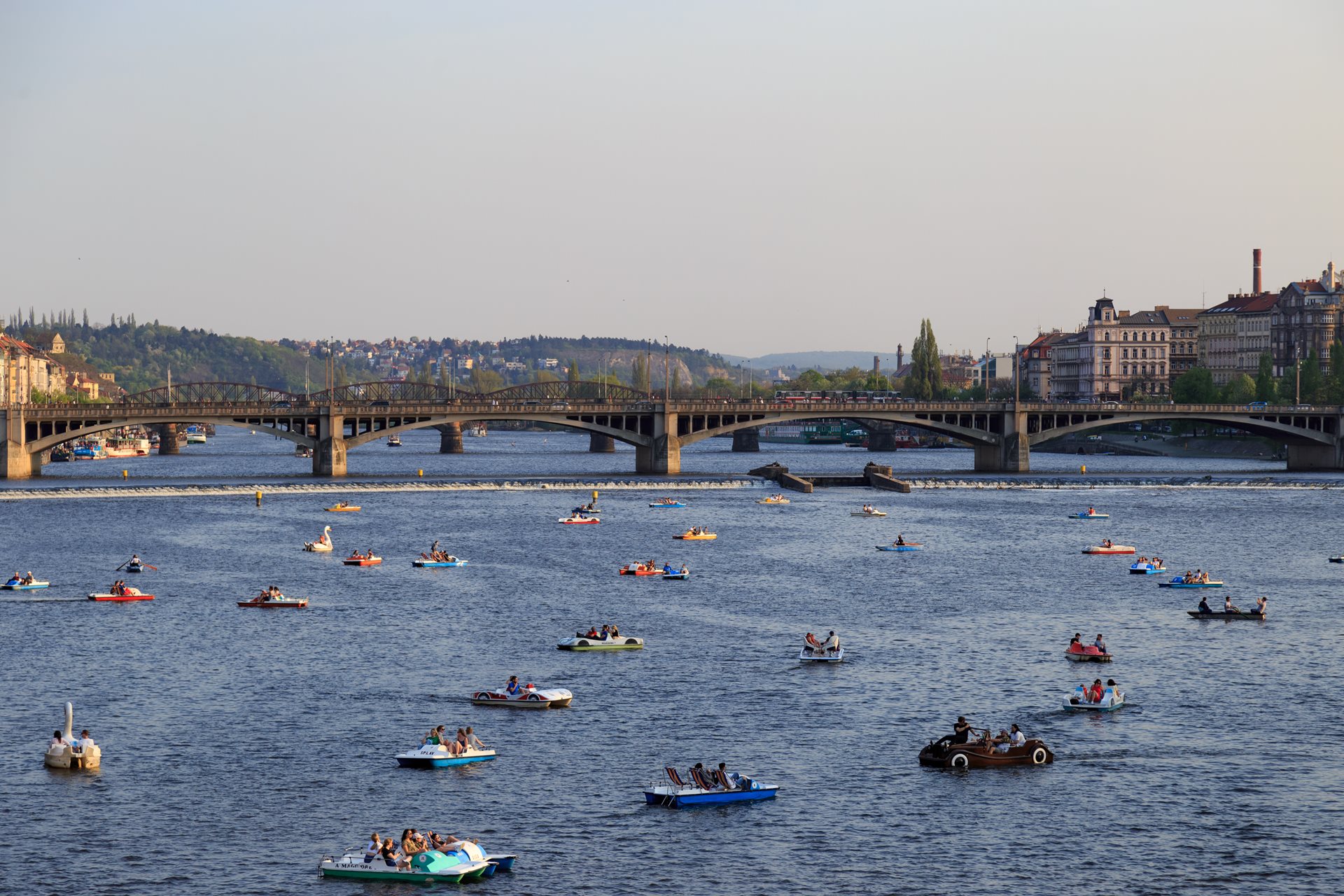
Berounka River
If you are a beginner, be sure to choose Berounka. This river flows from Plzeň in western Czechia to Prague and is one of the quietest Czech navigable rivers. Boaters who do not own their own boat will also be pleased to know that they can hire an inflatable boat at a local hire shop right at the beginning of the Berounka in Plzeň. Rafting Berounka takes several days, but you can try out the shorter sections first. The cruise leads through a beautiful landscape. The river is lined with high rocks, grassy banks and quiet pools, which are perfect for swimming in summer. You will pass Křivoklát and Karlštejn castles.
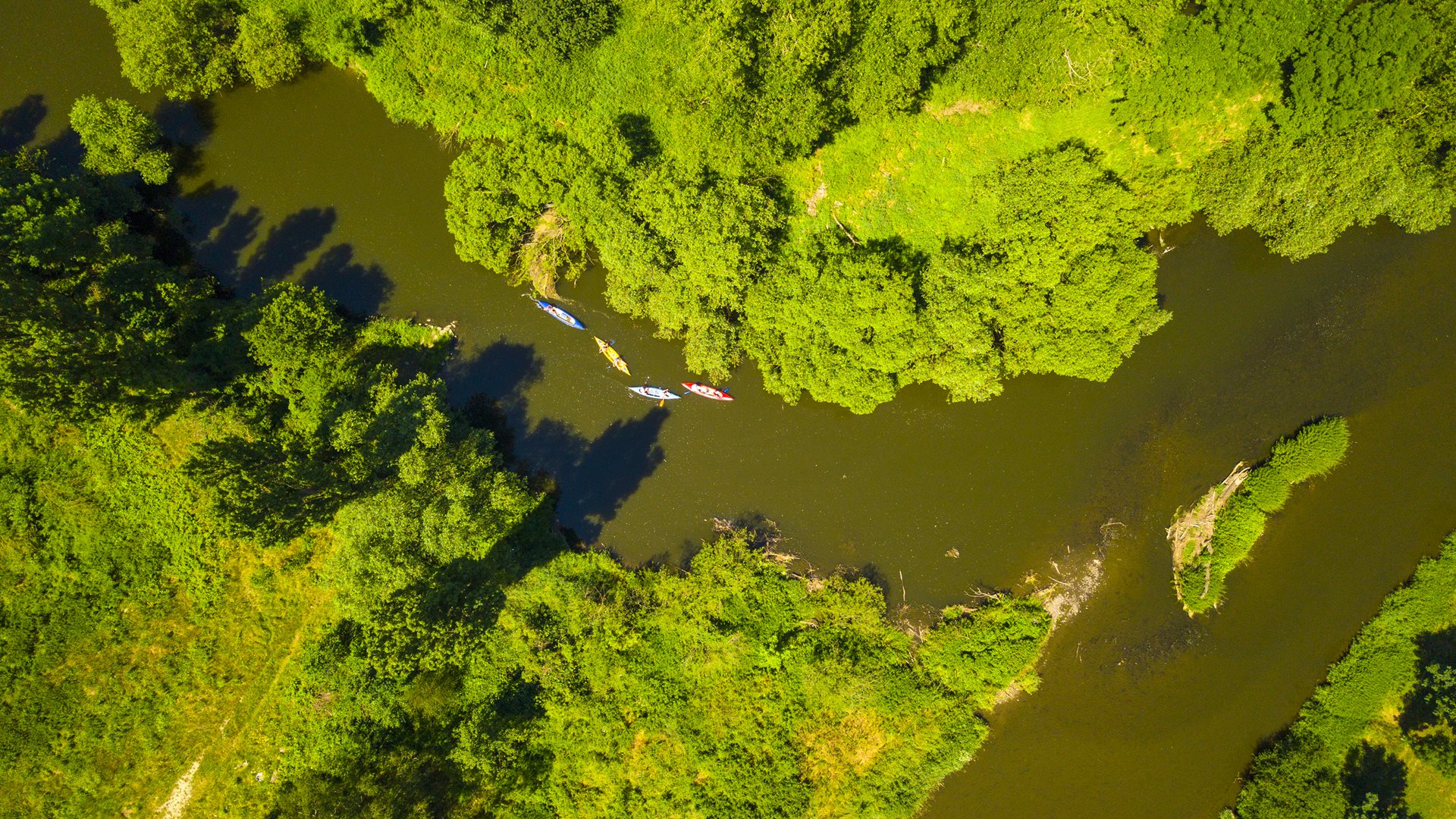
Otava River
The Otava is a gold-bearing river in western and southern Czechia. It is formed by the confluence of rivers in the Šumava area and flows into the Vltava River. It flows through the towns of Strakonice and Písek, so you will definitely not miss these towns while travelling. The first sections of the river are more difficult and are intended for experienced paddlers. Other sections of the river are easier and you will pass, for example, under the massive Rabí Castle, which you can also visit. The Otava is a river suited for more experienced paddlers, who have to check the water level in advance prior setting out. Especially in summer, the water level can be quite low and therefore inaccessible. The final sections are also hampered by several impassable weirs.
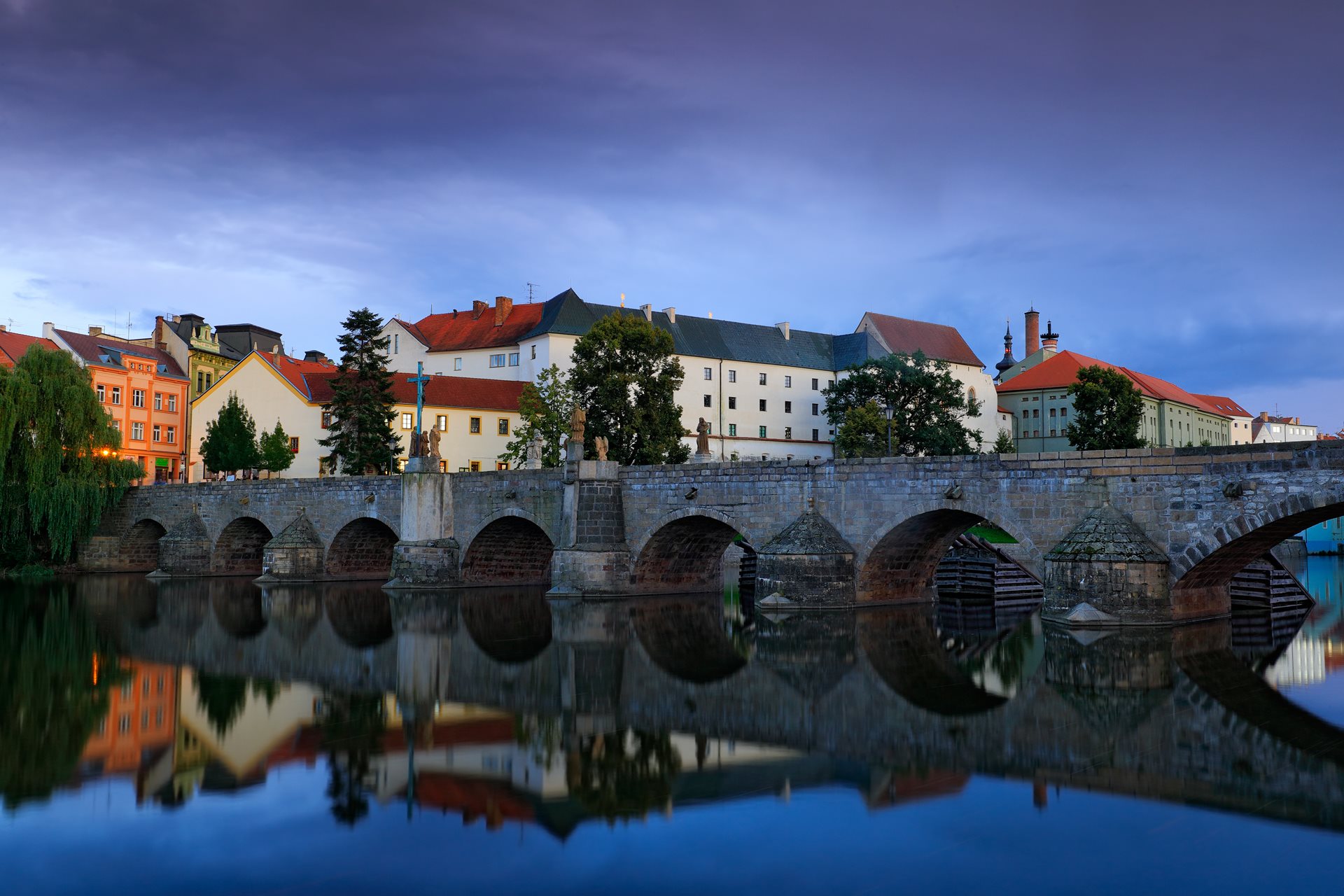
Sázava River
The Sázava is a very popular river for paddlers. It flows in the Vysočina region and in Central Czechia, and is the right tributary of the Vltava. When the water level is low during the summer, the route is suitable for families with children and beginners. In spring and autumn, when the water level is significantly higher, we recommend the river solely for use by experienced paddlers. The Sázava flows through a deep valley lined with old Czech tramping camps, which provide plenty of refreshments along the way. The rapids alternate with places with deeper water suitable for swimming. For example, the Týnec nad Sázavou–Pikovice section is considered to be the most beautiful part of the lower Sázava with many nice rapids with low difficulty.

Vltava River
The Vltava is the longest Czech river. It springs in the Šumava area and flows into the Elbe near Mělník in Central Czechia. It is one of the most popular rivers for sailing. Whether thanks to its length or thanks to the beautiful panoramas that the Vltava offers. The beginning of the river directly in Šumava is considerably limited for navigation due to the height of the water level and the fact that the river flows through the Šumava National Park. Nature takes precedence over this human pastime. However, from Vyšší Brod in southern Czechia, you have wide open access to the river and nothing prevents you from getting back on and enjoying your trip. Along the way you will see some remarkable monuments! Zlatá Koruna Monastery, Rožmberk Castle, the town of Český Krumlov and Hluboká Castle.
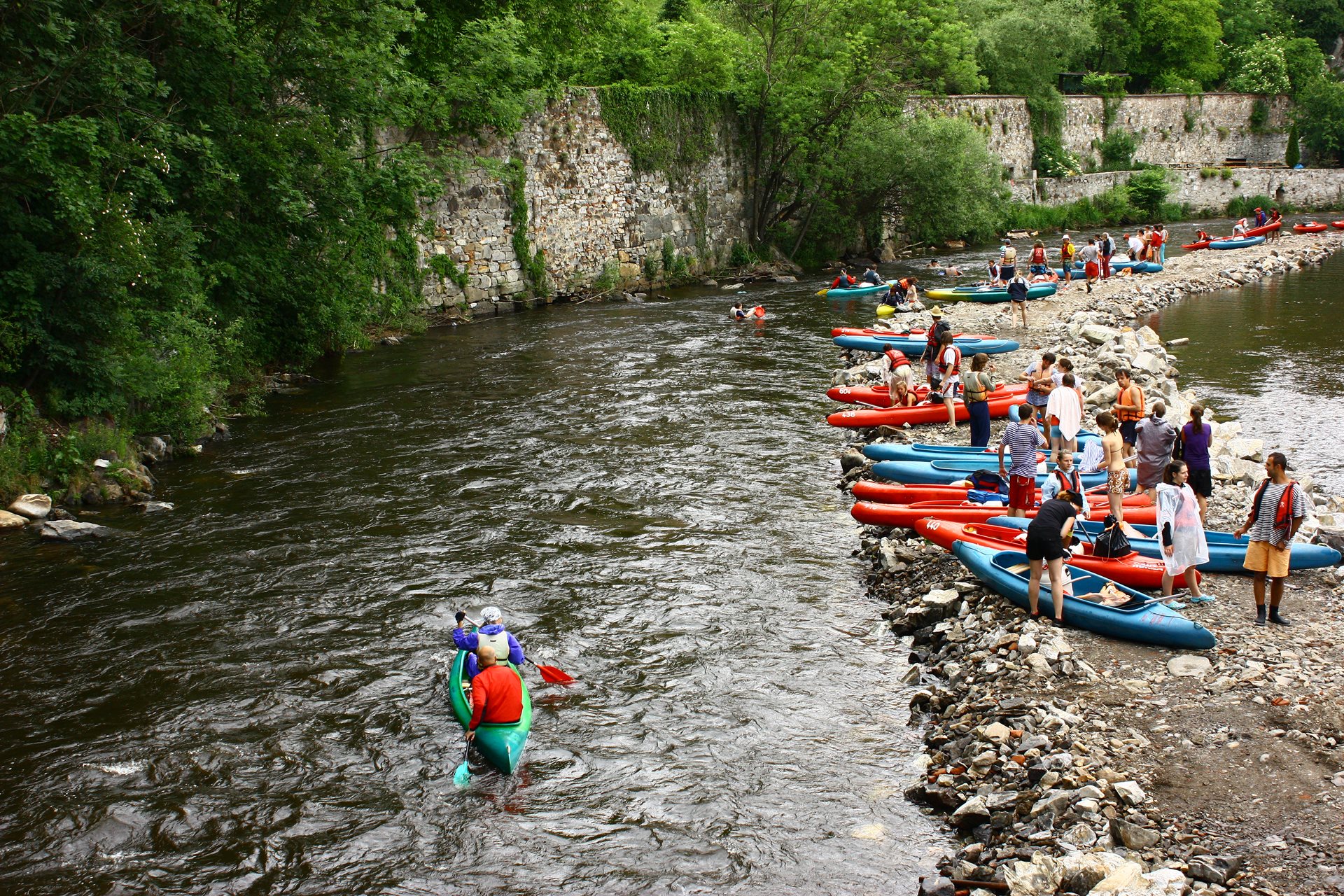
Lužnice River
The Lužnice is another river that can be found in the south of Czechia flowing into the Vltava. The river flows through the towns of Tábor and Bechyně, which are ancient small towns full of history and monuments. It is good to make sure in advance that the river is navigable; they will definitely advise you in the equipment hire shop or in the information centre. The Lužnice is a beautifully meandering river with wild nature in its vicinity.

Ohře
You can find the Ohře River in western Czechia. It springs below the Ore Mountains and flows into the Elbe near Litoměřice. Interestingly, the names of the rivers have been preserved almost unchanged for the last 2,000 years. The name Ohře is probably based on a Celtic name and means close to ‘a river full of salmon’. Today, this is no longer true, but it is ideal for canoeing or rafting.For example, a two-day cruise on the Ohře River from Kynšperk to Karlovy Vary is certainly manageable even for beginning paddlers. The river will take you through forests and along meadows and the power of the rapids will get your heart racing. The open riverbed offers interesting views of deep forests, and it is possible to anchor at several campsites along the way. The most interesting section of the river begins below Sokolov. The Ohře winds round Loket Castle and flows into the Slavkovský Les protected forest area. It gains momentum at Svatošské Skály gorge and shortly and soon after reaches the city of Karlovy Vary. The only disadvantages of the river are its impassable and dangerous weirs, which are better bypassed by taking your boat out of the water and walking around.
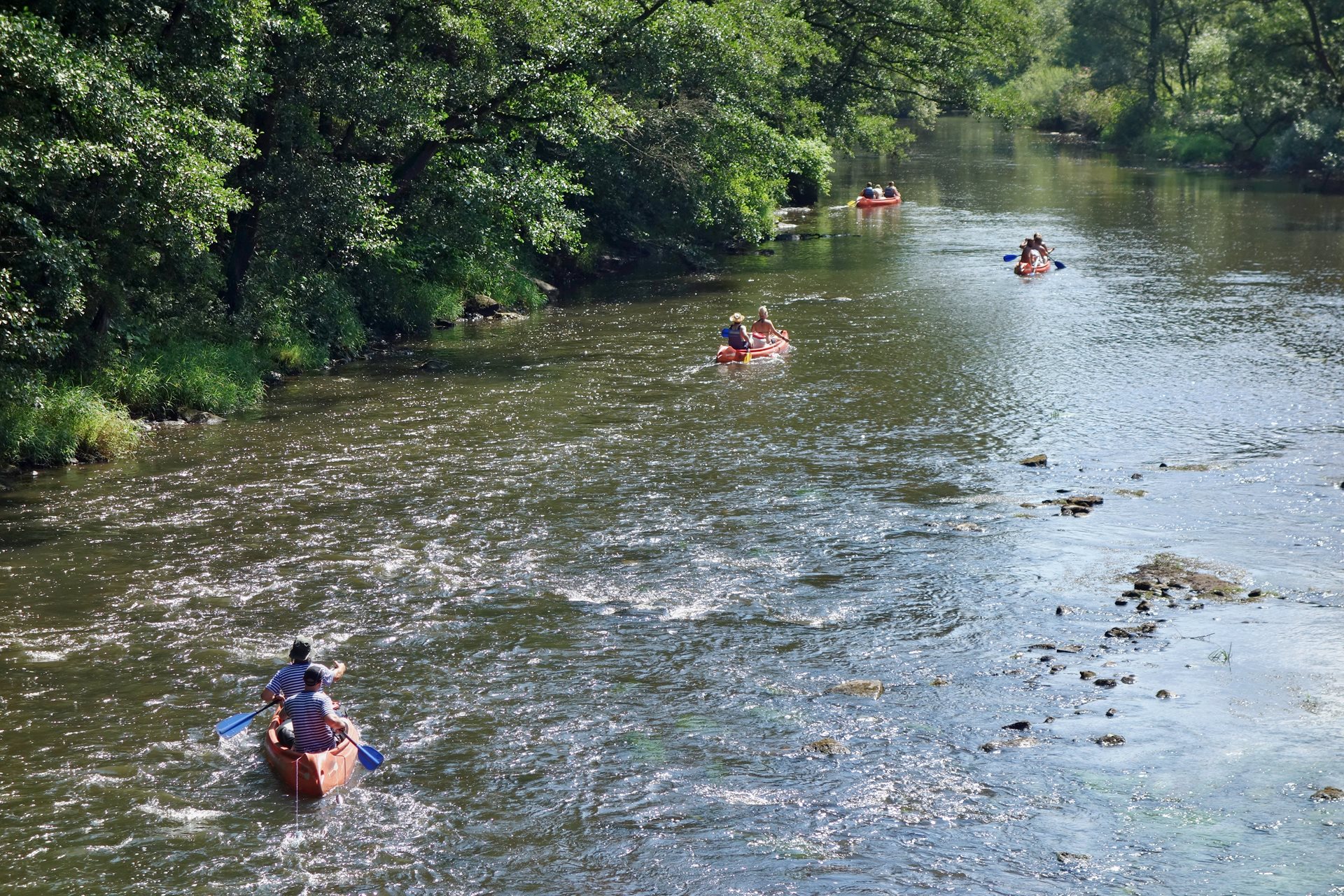
Moravia
The Moravia is one of the few navigable rivers in Moravia. It springs below Králický Sněžník, flows through the whole of Moravia and in the south it merges with the Dyje River and continues further to the Danube. In the middle and lower reaches, the river is navigable all year round. You will boat through Litovelský Pomoraví or the historic town of Olomouc. This is the most regulated river flow in the Czech Republic, so meandering unspoiled nature are not waiting for you here, yet there is no dam construction to limit navigation.
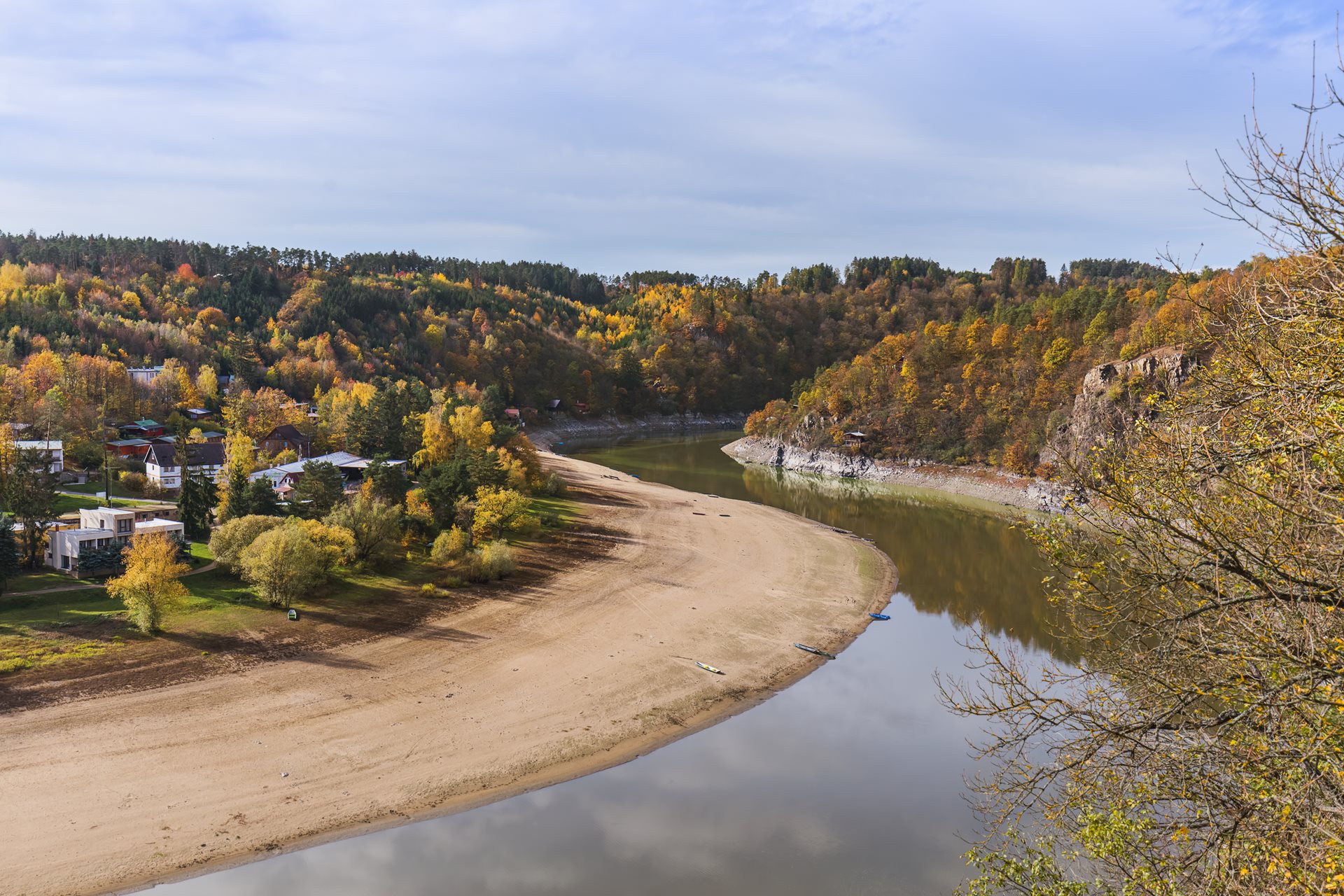
Zruč nad Sázavou boating museum
Capturing the history and tradition in the Czech Republic is the main aim of the Museum of Bohemian Paddling, which is located in the castle grounds in Zruč nad Sázavou on the border of Vysočina and central Czechia. There are interesting exhibits of boats that have been used by boaters of the past, as well as other equipment connected with boating activities. Here you will see exhibits of boats that indicate their historical development from their very beginnings to the 1990s. The exhibition also includes accessible interactive boat models and a boating simulator. If you are interested in the phenomenon of boating, be sure to visit here.
.jpg?width=1920&height=1280&ext=.jpg&quality=35)











-(1).jpg?width=1920&height=1204&ext=.jpg)



